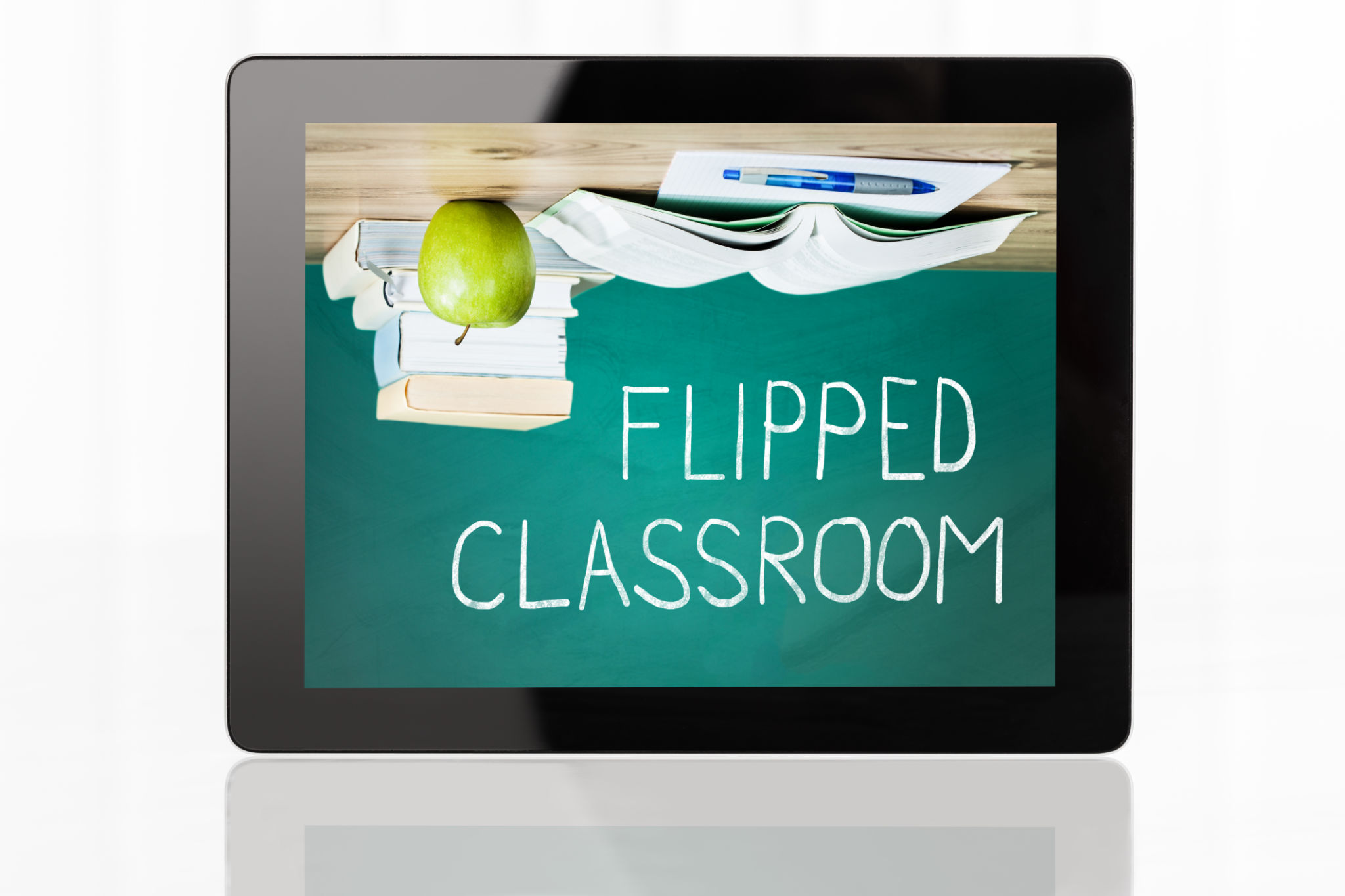Innovative Teaching Methods to Enhance Student Engagement
Introduction to Innovative Teaching Methods
In the ever-evolving landscape of education, teachers are constantly seeking new strategies to engage students. Traditional methods are being supplemented and sometimes replaced by innovative techniques designed to foster a more dynamic and interactive learning environment. These methods not only improve understanding but also make learning an enjoyable experience for students.
Incorporating innovation in teaching is crucial for addressing diverse learning styles and keeping students motivated. With technology at the forefront, educators are now equipped with a myriad of tools to enhance student engagement and make classrooms more inclusive and effective.

Gamification in Education
Gamification involves integrating game mechanics into the educational experience to boost student engagement. By introducing elements like points, badges, and leaderboards, teachers can create a sense of competition and achievement in the classroom. This technique encourages students to participate actively and enhances their motivation to learn.
Moreover, gamification can be tailored to various subjects and educational levels. From mathematics to language arts, game-based learning platforms provide a fun and interactive way for students to grasp complex concepts. It transforms the classroom into a dynamic space where learning feels like play.
Benefits of Gamification
- Increased student motivation and engagement
- Improved problem-solving skills
- Enhanced collaboration among students
- Immediate feedback and progress tracking

Flipped Classroom Model
The flipped classroom model is another innovative approach gaining popularity. In this method, traditional learning environments are inverted. Students are introduced to new topics at home through video lectures or online resources, while class time is dedicated to exercises, projects, and discussions that deepen their understanding.
This approach allows students to learn at their own pace outside the classroom while utilizing valuable class time for interactive activities that promote critical thinking and collaboration. It empowers students to take control of their learning process and encourages active participation during class sessions.
Advantages of the Flipped Classroom
- Enhanced student-teacher interaction
- Personalized learning experience
- Encourages collaborative learning
- Facilitates deeper comprehension of material

Project-Based Learning (PBL)
Project-Based Learning (PBL) is another innovative method that engages students by involving them in real-world projects. This approach allows students to apply what they have learned to solve real problems, encouraging them to develop skills such as critical thinking, collaboration, and communication.
PBL can be adapted to fit any subject area, making it a versatile tool in the classroom. By working on projects that have tangible outcomes, students gain a sense of purpose and relevance in their studies. This method not only enhances engagement but also prepares students for future careers by fostering essential 21st-century skills.
Key Features of Project-Based Learning
- Focus on real-world challenges
- Encourages teamwork and collaboration
- Develops critical thinking abilities
- Fosters creativity and innovation
